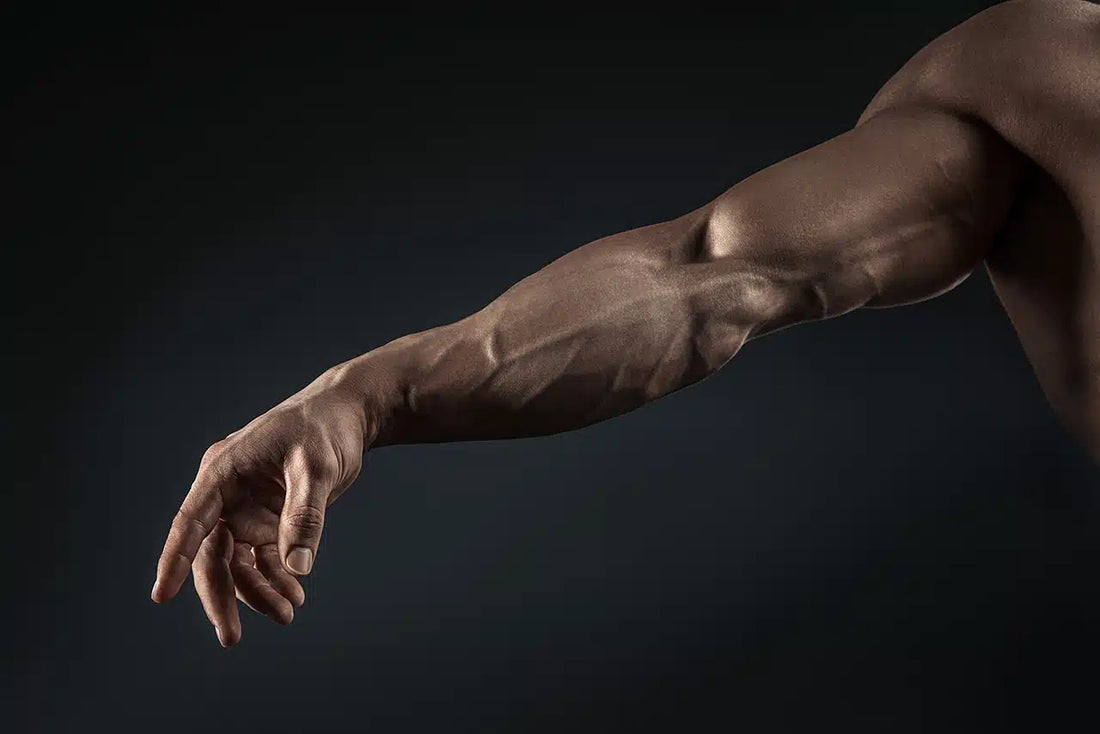
Grip Power: The Hidden Strength Behind Sports, Health, and Everyday Performance
Share
1: Why Forearm and Finger Strength Matters More Than You Think
When we think of athleticism or performance, we often imagine big muscles, powerful legs, or explosive speed. But there's an unsung hero in strength and function: your forearms and fingers.
Grip Strength: A Foundational Component
Grip strength is more than a show of handshake power. According to research published in the Journal of Strength and Conditioning Research, grip strength strongly correlates with overall upper body strength and is predictive of performance in sports such as climbing, judo, tennis, CrossFit, and gymnastics. In these sports, a weak grip often limits progress more than any other physical attribute.
Beyond Sports: Daily Functional Benefits
In daily life, grip strength is essential. Tasks like opening jars, carrying groceries, or typing for long hours rely on endurance and strength in the forearms and fingers. A 2018 study in the British Journal of Sports Medicine even found that grip strength is a predictor of mortality and cardiovascular health, making it a proxy for overall vitality.
Injury Prevention and Longevity
Weak forearms can lead to overcompensation and injury in the wrists, elbows, and shoulders. Athletes with strong forearms tend to have lower rates of tendonitis and repetitive strain injuries. Incorporating specific exercises that target this area can significantly reduce injury risk and enhance joint health.
2: The Science of Grip Strength: How It Impacts Performance and Longevity
Grip strength is not just about holding onto things, it’s a window into your overall health and resilience.
A Key Performance Indicator
According to a 2020 meta-analysis published in Sports Medicine, grip strength is a consistent predictor of athletic performance across various sports, from rock climbing and jiu-jitsu to baseball and obstacle course racing. Athletes with stronger grips demonstrate better control, endurance, and explosive power.
Cognitive and Cardiovascular Connections
Surprisingly, several large-scale studies, including one from The Lancet, have linked low grip strength to higher risks of cognitive decline and cardiovascular issues. This positions grip strength not only as a fitness metric but as a potential diagnostic tool in preventive health care.
Strength Ratios and Imbalances
Poor grip strength often signals deeper muscular imbalances in the kinetic chain, especially in the shoulders and upper back. According to the Journal of Orthopaedic & Sports Physical Therapy, correcting these imbalances through grip-focused exercises can alleviate chronic elbow and shoulder pain.
Best Practices
Frequency: Train grip 2–3 times per week.
Volume: Use low reps for strength (e.g., heavy carries) and high reps for endurance (e.g., rice bucket drills).
Balance: Include both flexor and extensor training to avoid injury.
Grip strength is simple to develop yet offers disproportionate rewards. Whether you're an athlete or simply looking to age well, it's a tool you can’t afford to overlook.
3: From Musicians to Mechanics: Why Everyone Should Train Grip Strength
You don’t need to be an athlete to benefit from forearm and finger training.
For Musicians
Guitarists, pianists, and drummers require precision, speed, and endurance in their fingers. According to the Medical Problems of Performing Artists journal, grip training enhances finger control and reduces the risk of repetitive stress injuries.
For Office Workers
Hours of typing can cause fatigue and even carpal tunnel syndrome. Forearm training improves endurance and helps maintain ergonomic posture, which can reduce strain, as shown in occupational health studies.
For Manual Laborers
Mechanics, electricians, and construction workers rely on their grip strength every day. A weak grip can lead to tool slippage, inefficiency, and higher injury risk. A 2017 study in the Journal of Occupational Rehabilitation found that grip strength correlated with work capacity and injury prevention.
For Parents and the Elderly
Carrying children, lifting bags, or opening jars can become taxing without strong hands. Grip strength has also been shown to prevent falls and improve quality of life in older adults.
Grip training is one of the most universal forms of functional fitness. Whether you're playing violin, coding, or fixing a car, investing in your forearm and finger strength pays off for life.
